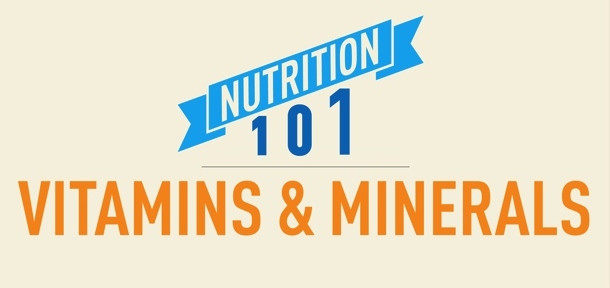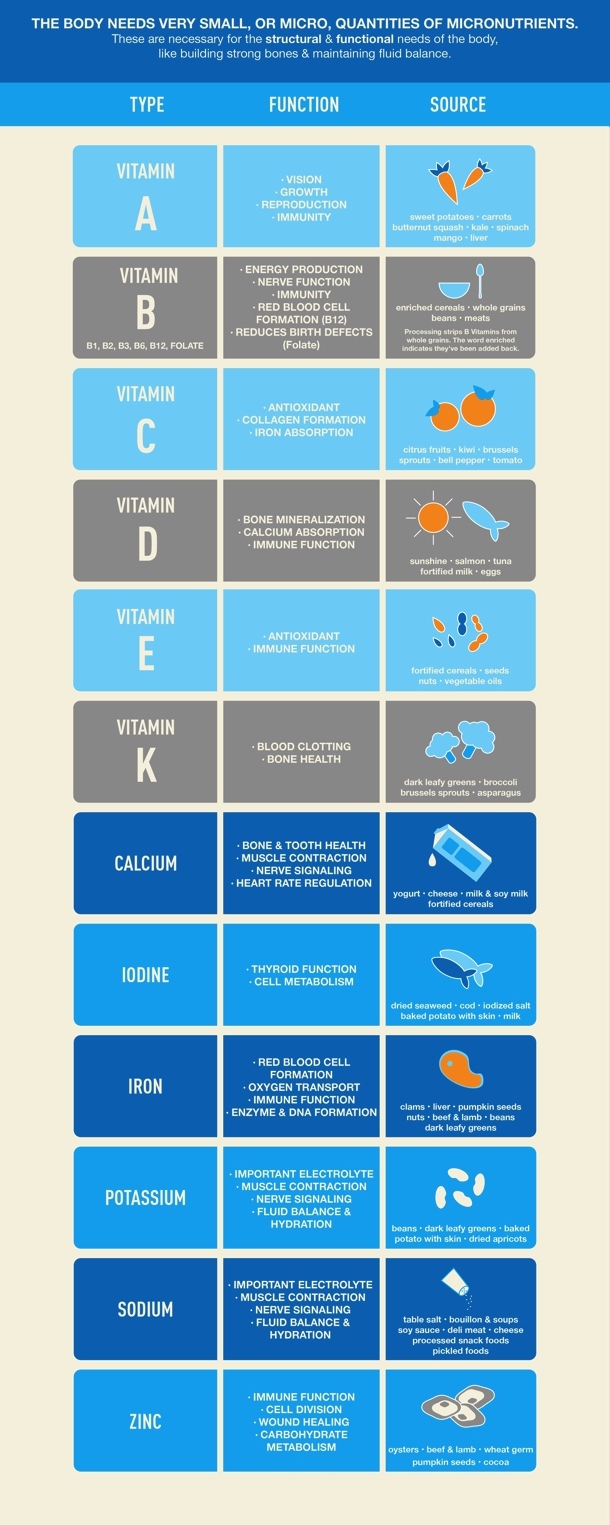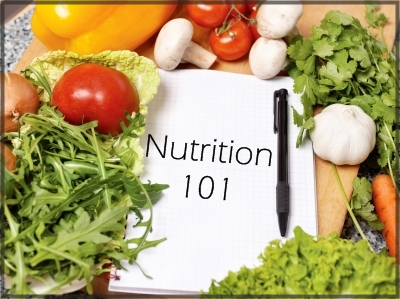 When you pick up a new food in the grocery store and look at a nutrition label, where do your eyes first land? Do you instantly look at the calories or grams of carbs, protein and fat per serving? You’re not alone. We often choose foods based solely on their macronutrient content (carbs, protein and fat) without thinking much about what micronutrients (vitamins and minerals) they provide.
When you pick up a new food in the grocery store and look at a nutrition label, where do your eyes first land? Do you instantly look at the calories or grams of carbs, protein and fat per serving? You’re not alone. We often choose foods based solely on their macronutrient content (carbs, protein and fat) without thinking much about what micronutrients (vitamins and minerals) they provide.
 Micronutrients are often overshadowed because they make up a much smaller part of our diet than the macronutrients. Micronutrients get less of our mindshare, too, because they don’t impact our weight the way the macros do.
Micronutrients are often overshadowed because they make up a much smaller part of our diet than the macronutrients. Micronutrients get less of our mindshare, too, because they don’t impact our weight the way the macros do.
Though they may seem less significant, vitamins and minerals are actually just as critical as the calories we eat. They play critical roles in the structure of our bodies. For example, calcium mineralizes our bones, and Vitamin C makes our collagen strong. Micronutrients also impact how well our bodies function:
Sodium, potassium and calcium work together to moderate hydration and muscle contractions.
Vitamin K allows blood to clot if we get a cut.
Vitamin E, an antioxidant, protects healthy cells from being damaged.
The list goes on and on. The takeaway point is this: even though we need less of them in our diet than macronutrients, vitamins and minerals are no less important to our health.
How to Maximize Those Micronutrients
Eat from every food group.
Protein foods, dairy, grains, fruits and veggies can all be great sources of vitamins and minerals. But no single food, or food group, is a great source of everything. At mealtime, fill your plate with 3-4 food groups, and try to incorporate the ones you miss into snacks throughout the day. For example, if you have a bowl of cereal with milk for breakfast, grab a piece of fruit to snack on later in the day.
Incorporate lots of color.
Micronutrients contribute color to foods. These colors are often associated with certain vitamins and minerals. Eating a rainbow of colorful fruits and vegetables is an easy way to make sure you’re getting a great variety of micronutrients.
Eat fresh or frozen when you can. Food processing, as well as exposure to light and air, can degrade important vitamins and minerals
Minimize the amount of processed and fast food you eat.
These foods typically have low nutritional value when it comes to vitamins and minerals, and can be high in saturated fat, sodium, added sugar, and calories.
Eat fresh food when it is still fresh
Don’t let your farmer’s market finds sit around too long before you eat them–even when those fruits and veggies are tucked away in the crisper section of the refrigerator.
Stock up on frozen produce.
Frozen fruits and vegetables are commonly picked at peak freshness and quickly processed, which preserves their nutrient value.
Know a few kitchen basics.
Certain vitamins and minerals can be lost or broken down in cooking, while others can be better digested and absorbed when paired with certain foods.
Here are a few rules of thumb:
Eat some produce raw and avoid overcooking the rest.
When cooking: steaming, roasting or sautéing will generally preserve more vitamins and minerals, compared to boiling.
Eat iron-rich plant foods like lentils, spinach, tofu and beans with a squeeze of lemon juice or citrus dressing. The Vitamin C increases iron absorption.
For better absorption of the fat-soluble vitamins A, D, E and K, pair with a heathy fat, like oil & vinegar dressing. This is a great reason to choose low-fat milk instead of fat-free.
Choose foods over supplements. Vitamin and mineral supplements can be beneficial when treating nutrient deficiencies or certain medical conditions, but for most of us, they’re not necessary. It’s possible to get a wide variety of micronutrients, and plenty of them, from a healthy, well-balanced diet.
As you make decisions about what foods to eat, keep in mind it’s not all about calories, carbs, protein and fat. It’s entirely possible to be malnourished from a lack of micronutrients even if you’re eating plenty of calories and macronutrients! A vitamin and mineral-rich diet is essential for good health. And the best way to get enough of these is by eating a healthy variety of colorful foods from the different food groups.
You may also like:
- Six Weeks to a Healthier Diet
- Smart Start Menu Series
- Tips for putting together healthy menus
- Walk Talk Series
Just click on the link to take you to the topics in the series
- Nutrition 101 – Introduction to basic Nutrition
- Nutrition 101 – Calories
- Nutrition 101 – Carbohydrates
- Nutrition 101 – Proteins
- Nutrition 101 – Fats
- Nutrition 101 – Micronutrients ( Vitamins and Minerals)
- Nutrition 101 – Fiber
- Nutrition 101 – Water
- Nutrition 101- Recap – 5 Tips to Eat More Nutritiously


